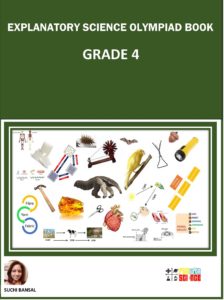TYPES OF INVERTEBRATES
Home » TYPES OF INVERTEBRATES

Subscribe to our Newsletter
INVERTEBRATES
Invertebrates are animals without a backbone. Invertebrates can be categorized in majorly 5 categories.

1. PROTOZOA
Protozoa– They are single-celled organisms which are either free-living or parasitic.
They feed on organic matter such as other microorganisms or organic tissues and debris.
1. Amoeba:· Amoeba is a protozoan that has no specific shape.
· It is the most common protozoa found in fresh water.
· They live individually and can move in search of food.
 2. Euglena:
2. Euglena:
· Euglena is an eye-shaped freshwater protozoan.
· They impart the green color to the water ponds when grown extensively.
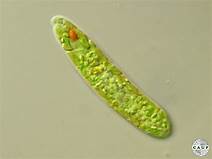 3. Paramecium:
3. Paramecium:
· This is a slipper-shaped protozoan.
· It has cilia all over its body surface. These cilia help in its locomotion.
· They are found in freshwater.
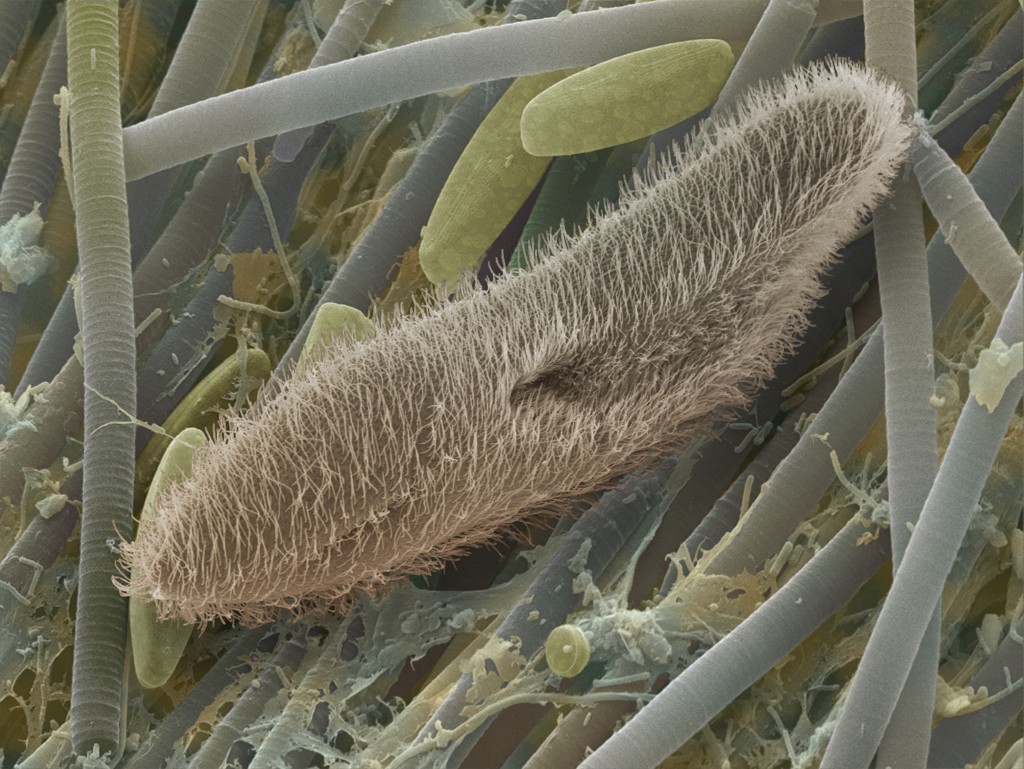
FEW DISEASE-CAUSING PROTOZOA
4. Entamoeba histolytica:
· This is an amoeba which infects large intestine and other tissues.
· The infection causes severe pain in the abdomen and loose stools with mucus.
· It spreads through contaminated water and food.
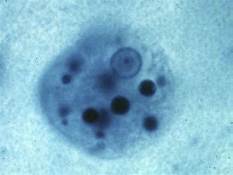 5. Plasmodium:
5. Plasmodium:
· Commonly known as a malarial protozoan parasite.
· It is spread from human to human by the bite of a female Anopheles mosquito.
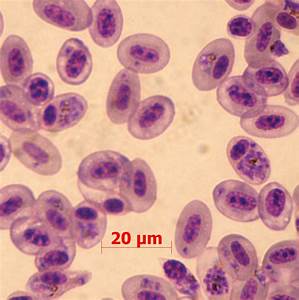
2. ANNELIDS
Annelids contain many of the worms.
They have segmented bodies made up of 3 layers of skin as outer skin, middle skin and inner skin. E.g. Earthworms, sandworms, ragworm, leeches.
EARTHWORMS
· Earthworms, also called angleworms, are very important in the world because their burrowing turns over and aerates the soil, providing soil drainage and mixing the organic material.
· Earthworms eat pieces of plants and animals in the soil.
· Earthworms can detect light and vibrations, but they are blind and cannot hear.
· Birds and other animals eats the earthworms.

3. COELENTERATES
Coelenterates have radially symmetrical body.
e.g. starfish, sea urchins, sea cucumbers, Hydra, Jelly fish, Sea Anemones, Sea Wasp.
STARFISH
· Starfish are also called sea stars because of the arms or “rays” they have sticking out of their bodies.
· Some starfish live deep in the oceans, while others live on the shore.
· Most Starfish have five arms, although some species can have 40 arms.
· Starfish have tube feet that work with hydraulic pressure to help them move.
· Snails, mussels and clams are common foods for starfish.
· A sea star has 2 stomachs, the cardiac stomach and the pyloric stomach. It can push the cardiac stomach out of its mouth, in the centre of its underside, to engulf prey or insert it into prey.
· These organisms have the unique ability to lose and regrow their arms.
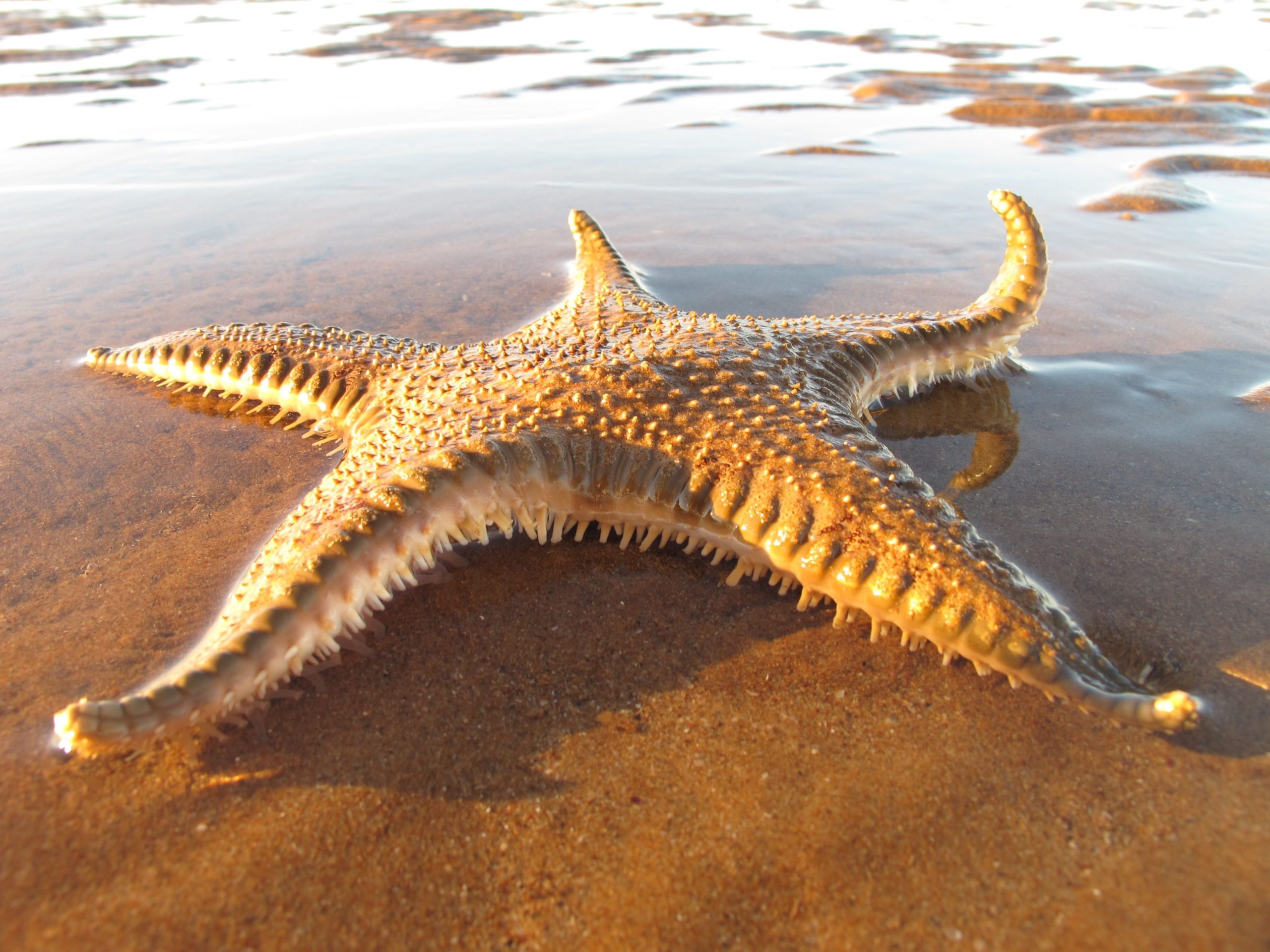
4. MOLLUSKS
Mollusks don’t have segmented body. Their skin has a mantle which secrets a shell,
can be found in fresh water and sea water. E.g. snails, octopus, squid, snails, clams,
oysters, cuttel fish.
SQUIDS
· Squids are decapods, meaning they have 10 arms or tentacles.
· They are different from octopuses, which have eight arms.
· Each tentacle has four rows of suckers that help them catch prey (usually fish) and attach themselves to surfaces.
· Squids live in the ocean, both near the shore and in the ocean depths.
· Some squids are luminous, which means they have light organs in their skin that help them change color to camouflage themselves, or attract the prey.
· Squids are eaten by humans and some fishes.
5. ARTHROPODS
Arthropods have segmented body and strong exoskeleton.
They have the ability of adapting to various environments.e.g. insects, spiders, Bugs, Mosquitoes, crustaceans such as shrimp, crabs, lobsters.SPIDERS
· Spiders make their home on every continent except Antarctica.
· They are not insects because they have eight legs (insects have six legs).
· Some spiders live on land and others live in the water.
· Most spiders have eight eyes, and can sense light and dark.
· They also are very sensitive to vibration, which helps when prey gets stuck in their web.
· Some spiders inject poison into their prey to kill it, while others prefer to wrap up their live catch and save it for later.

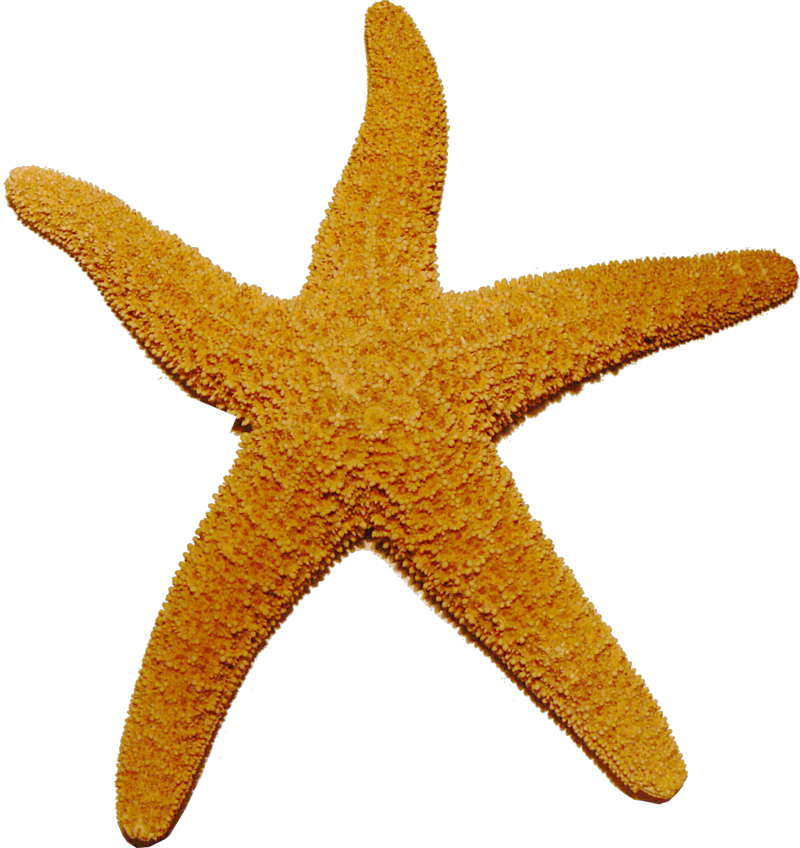
BOOKS
We have our e-books published on Amazon for Grade 3 and Grade 4. The books serve as an important guide for Science Olympiads organized by SOF, Silverzone, Unified Council and others. Books are designed to help students understand key science concepts.
The key highlights of the book are:
· Well explained topics
· Use of diagrams and images for
students to visualize
· Test exercise after each chapter for self-assessment and evaluation
· Interesting facts sections spread across the book
Here are the links:



